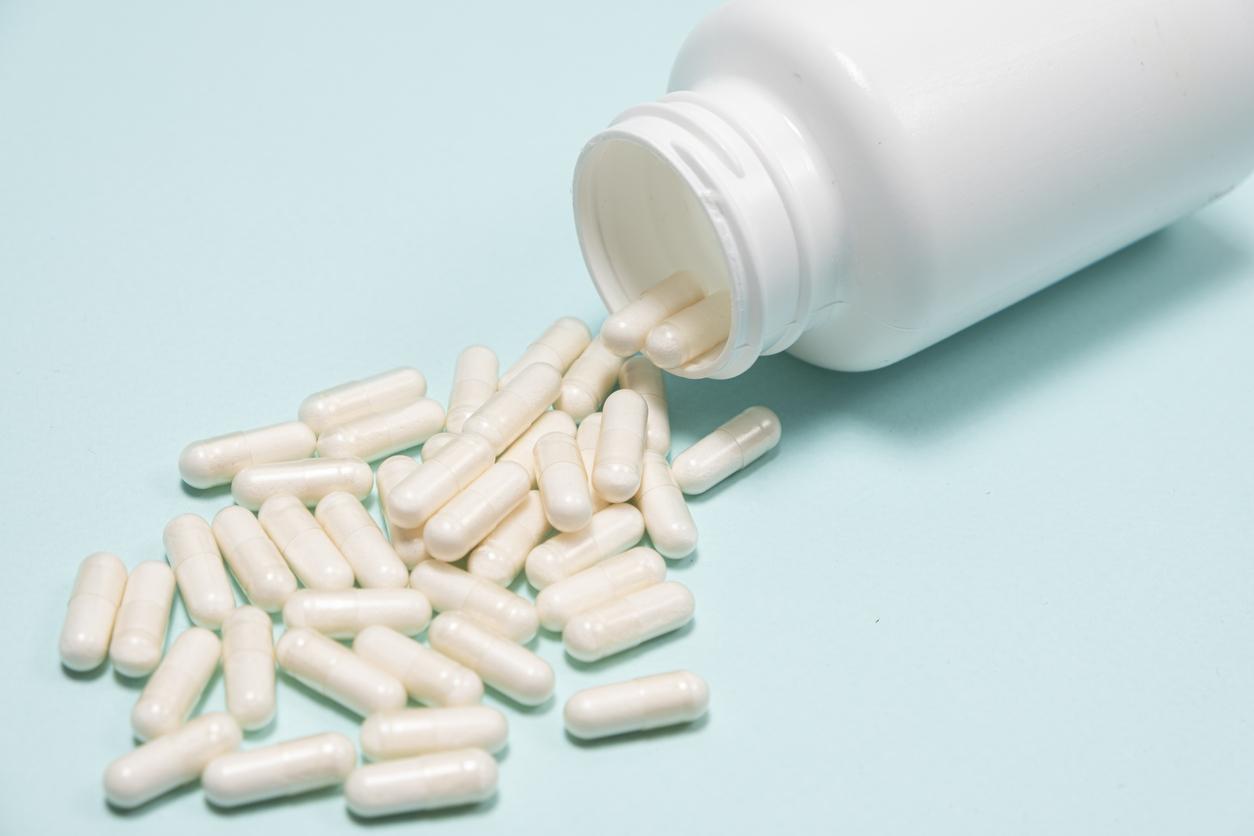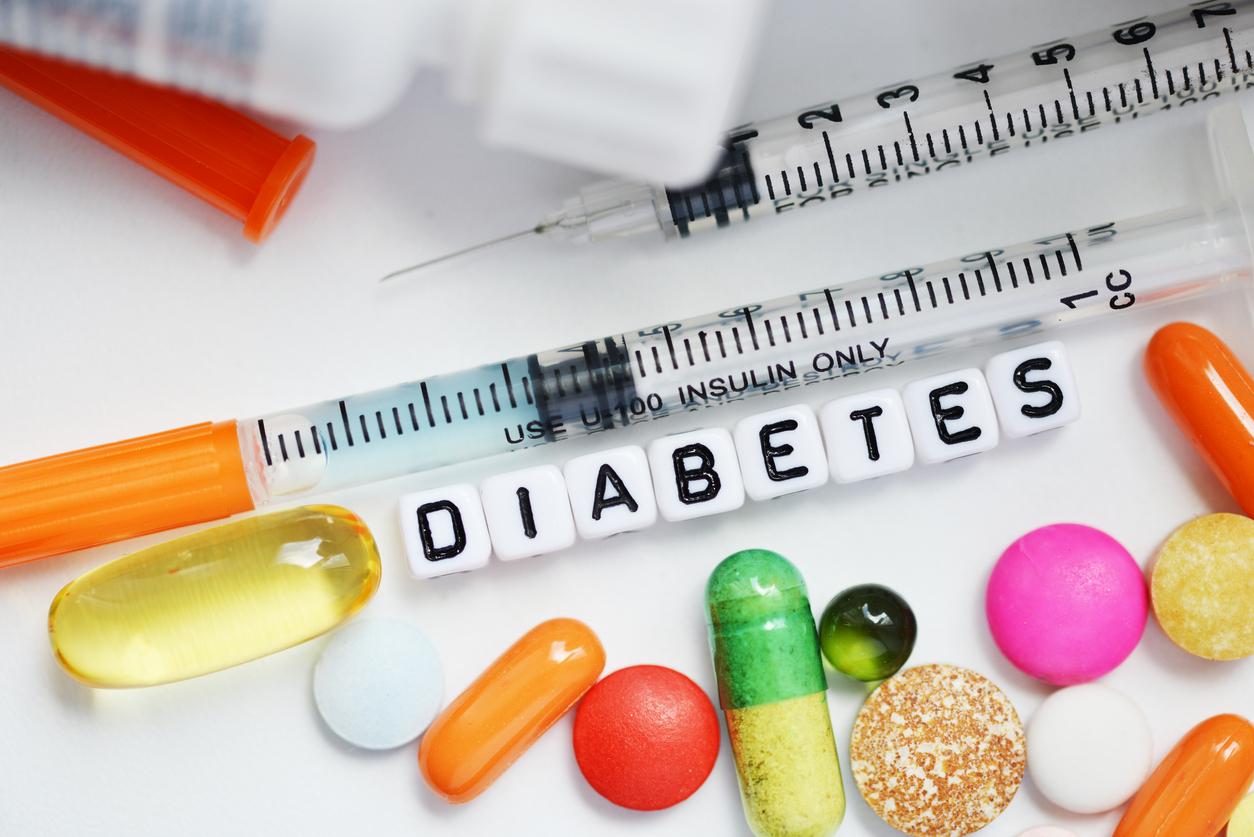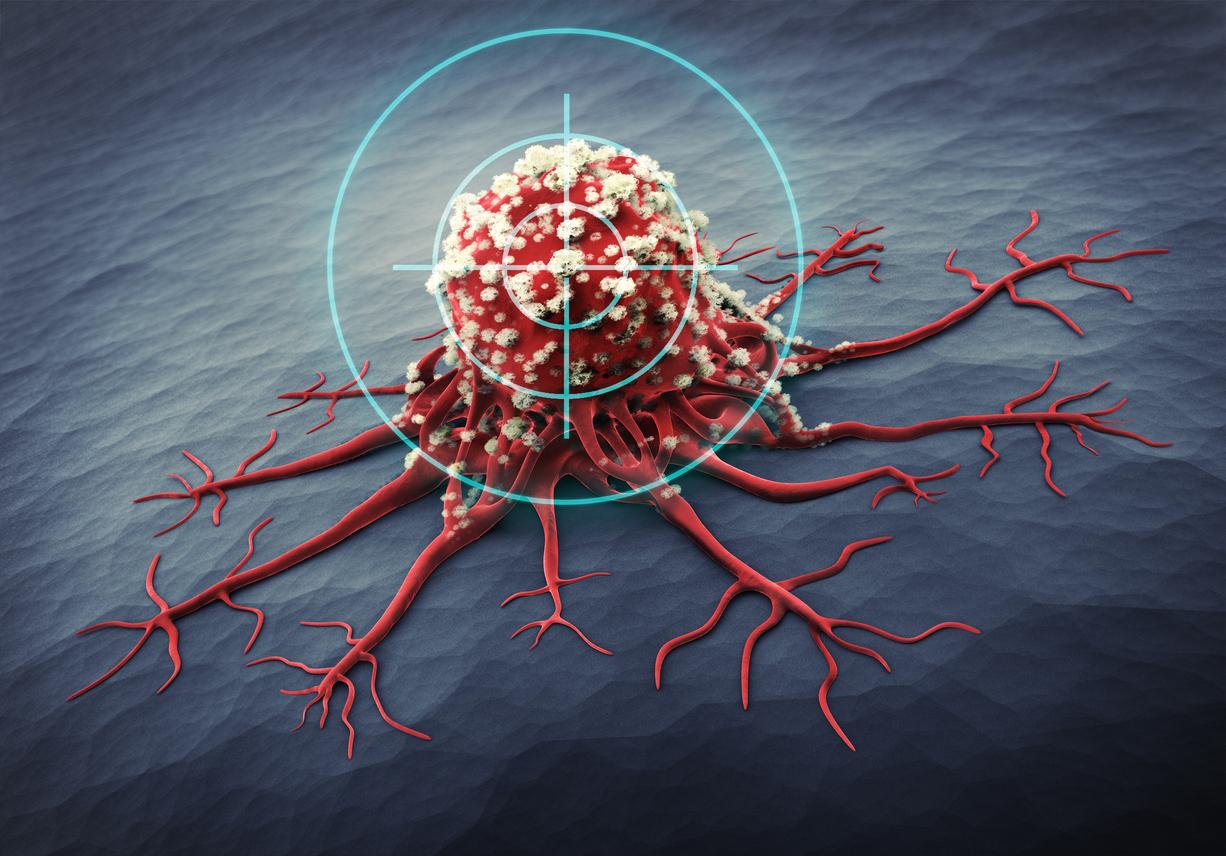Less than three months after receiving a transplant of reprogrammed stem cells, a twenty-year-old began producing her own insulin.

- 75 days after a transplant of cells extracted from her own body and reprogrammed, a young woman achieved lasting independence from insulin.
- She stopped experiencing the dangerous spikes and drops in blood sugar, which “went from an initial value of 43.18% to 96.21%.”
- One year later, no transplant-related abnormalities were reported.
She is the first person with diabetes to be treated using cells extracted from her own body. In a study, published in the journal cellresearchers at Peking University (China) announced that they had succeeded in reversing type 1 diabetes, characterized by the presence of excess sugar in the blood, of a 25-year-old woman with “previously needed significant amounts of insulin.”
The feat comes after scientists in Shanghai revealed last April that they had successfully transplanted insulin-producing islets into the liver of a 59-year-old man with type 2 diabetes. The islets came from reprogrammed stem cells taken from the man’s own body, who has since stopped taking insulin. As a reminder, “stem cells can be used to grow any tissue in the body and can be cultured indefinitely in the laboratory, meaning they potentially offer an unlimited source of pancreatic tissue.”
Type 1 diabetes: “its target glycemic range is 96.21%” after reprogrammed stem cell transplantation
As part of a first test for the young patient, biologists extracted cells from three people suffering from type 1 diabetes and returned them to a pluripotent state (the ability to differentiate into all cell types of a organism), from which they could be molded into any type of cell in the body. This reprogramming technique was first developed by Shinya Yamanaka working at Kyoto University in Japan almost 20 years ago. However, for the purposes of this research, the Beijing team modified the technique. Instead of introducing proteins that trigger gene expression, she exposed cells to small molecules, allowing them to better control the process. The authors then used the chemically induced pluripotent stem cells to generate 3D islet clusters. They then tested the safety and effectiveness of the cells on mice and primates.
In an operation lasting less than half an hour, they injected the equivalent of around 1.5 million islets into the woman’s abdominal muscles. “By placing them in the abdomen, we could monitor the cells using magnetic resonance imaging and potentially remove them if necessary,” indicated the scientists. Two and a half months after the transplant, the patient was producing enough insulin to live without the need for injections, and she maintained this level of production for more than a year. “His target glycemic range increased from an initial value of 43.18% to 96.21% by the fourth month after transplantation, accompanied by a decrease in glycated hemoglobin, an indicator of long-term systemic glucose levels at a non-diabetic level”, can we read in the study.

No abnormality linked to the transplantation of cells extracted from one’s own body
One year later, clinical data checked all endpoints, with no indication of transplant-related abnormalities. “The promising results obtained in this patient suggest that further clinical studies evaluating islet transplantation in type 1 diabetes are warranted.”

















